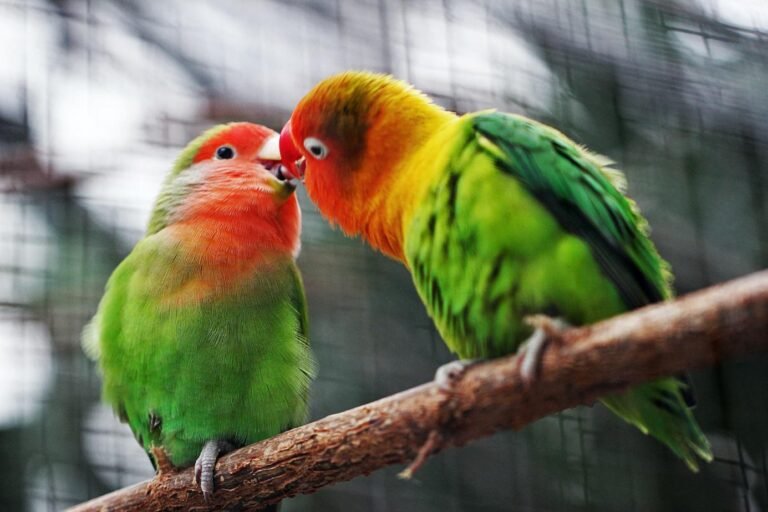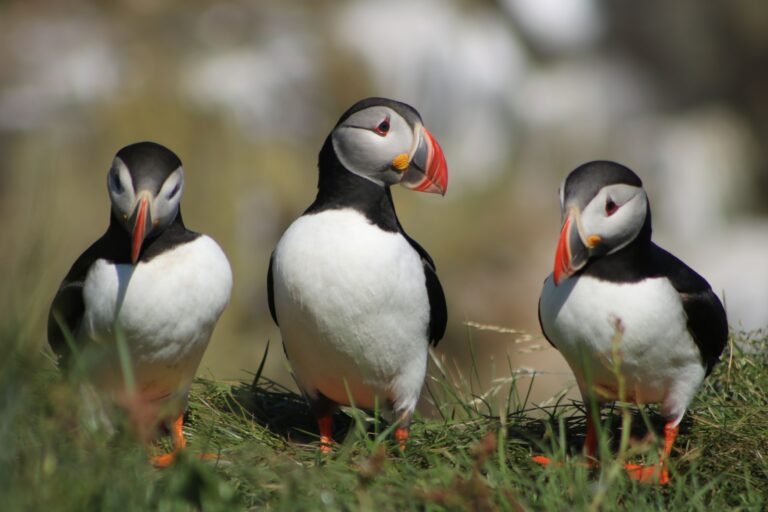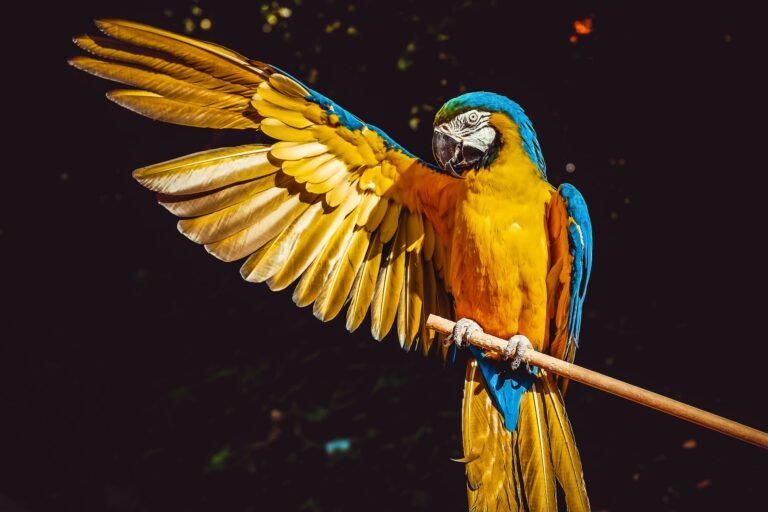Everything you want to know about birds

Birds are warm-blooded vertebrates that are found in the tetrapod group. They can be seen in all different types of environments and on all continents, including environments as cold as Antarctica. Their main characteristic is the presence of feathers as well as the ability to fly, although not all of them are capable of it some species have completely lost this ability. In the world of birds, there is a great variety of morphology (body shape), feather colors and size, beak shapes, and feeding habits.
Do you know the different types of birds and their main characteristics? If you want to learn more about this wonderful animal group, keep reading this article Types of Birds – Characteristics, Names and Examples from PlanetAnimal in which we will tell you in detail about all the types of birds present in each place of the world. world, we will also take the time to tell you the most curious details about them.
Characteristics of birds
Birds are the closest descendants of dinosaurs, which lived on Earth about 200 million years ago, during the Jurassic period. As we said, they are endothermic (warm-blooded) animals that have feathers covering their entire body, a horny beak (with keratin cells), and no teeth. Their front ends are made for flight, and in the case of flightless species of birds, such as ostriches, kiwis, or penguins, their hind ends are adapted for running, walking, or swimming. Their particular anatomy has various adaptations, the majority of them having something to do with flight as well as the way of life of the bird species. Bird types all share the following characteristics:
Light Skeleton: A skeleton with light, hollow bones that gives them the lightness necessary for flight.
Developed vision: they also have very large orbits (cavities where the eyes are located), which is why their vision is extremely developed.
Horny beak: Birds have a horny beak that changes depending on the species the bird belongs to and how it feeds.
Syrinx: Birds also rely on a syrinx, which is a part of their mouth apparatus that allows them to make sounds as well as their melodic song.
Crop and gizzard: birds have a crop (the esophagus expands) which allows them to store food before digesting it. They also have a gizzard, which is part of the stomach and which is responsible for grinding food, they operate by ingesting small stones which will be used to crush what they eat.
They do not urinate: they do not have a urinary bladder, which is why uric acid (waste produced by the kidneys of birds) is excreted with the rest of the waste in the form of semi-solid stool.
Fused Bones: Fused vertebrae, fused hip bones, and variations in the sternum and ribs to allow room for the muscles needed to fly.
Four fingers: the legs of birds have 4 fingers in most species, these will have different layouts depending on the way of life they lead.
Pellets or Pellets: Many species form pellets or pellets, which are small, regurgitated, undigested concretions.
They lay eggs: as we have said, they reproduce by internal fertilization and they lay dry calcareous eggs which they incubate in their nest, and many species lose their chest feathers during the incubation period. to be able to provide more heat to the egg.
They can be born with or without feathers: newly hatched babies can be born without feathers, which means that they will have to stay longer in the parents’ nest. Other babies, meanwhile, can be precocious, that is, they are born with plumage that will protect their body, and they will spend less time in the nest.
Accelerated Digestion and Metabolism: Possessing an accelerated and high metabolism and digestion rate, these are also perfect adaptations for flight.

Special breathing: particular breathing apparatus, because they have lungs equipped with air sacs which allow them to have a constant flow of air.
Varied diet: in relation to their diet, there is a wide variation depending on the species, some feed on seeds, fruits and flowers, leaves, insects, carrion and nectar, which will be directly related with their way of life.
Large migrations: many marine species, such as the Sooty Shearwater (Ardenna grisea) have the ability to perform long and spectacular migrations, they are indeed able to fly more than 900 km per day.
Types of birds
There are more than 10,000 species on Earth and the majority of them diversified during the Cretaceous, about 145 million years ago. Currently, they are grouped into two main lineages:
Palaeognathae: with about 50 species distributed over the entire southern hemisphere.
Neognathae: composed by the rest of the species present on all continents.
Discover thanks to our informative diagram the different types of birds that exist.
Examples of Palaeognathae Birds
- Among the types of Palaeognathae birds are:
The ostrich (Struthio camelus): it is the largest bird today and the one that runs the fastest in the world. It is present in sub-Saharan Africa.
Rheas: like Rhea americana, they are similar to ostriches, only smaller. They have lost the ability to fly and they are also very good runners, they are found in South America.

The tinamous: like the Tinamus major, is also present in Central America and South America. They are walking birds and can fly a short distance when threatened.
Cassowaries: such as the Casuarius Casuarius present in Australia and New Guinea, and the emu Dromaius novaehollandiae, present in Oceania. Both have lost the ability to fly and are walking or running birds.
Kiwis: we can tell you about the Apteryx own, an endemic bird of New Zealand. They are small, globular birds with terrestrial habits.
- Examples of Neognathae Birds
The Neognathae include the most diverse and numerous group of current birds, which is why we will only mention its best-known representatives:
Hens: like the Gallus gallus, they are found all over the world.
Ducks: like Anas sivilatrix, present in South America.
Pigeons: such as Columba livia, are widely distributed and found in almost the entire world.
Cuckoos: like the Common Cuckoo, Cuculus canorus, a curious bird that practices nest parasitism, females lay their eggs in the nests of other species. There is also the Greater Roadrunner, Geococcyx californianus, curious for its soil-dwelling eating habits.
Cranes: examples like Grus grus which, thanks to its large size, can migrate over very long distances.
Seagulls: like the Larus occidentalis, it is a medium-sized seabird with an impressive wing span.

Birds of prey: such as the golden eagle, Aquila chrysaetos, a large species that flies very well, and owls and owls, such as the snowy owl, Bubo scandiacus, characterized by its white robe.
Penguins: with representatives that can measure 1.20 meters in height, such as the emperor penguin (Aptenodytes forsteri).
Herons: like the Ardea alba, distributed all over the world and which is one of the largest in its family.
Hummingbirds: with very small specimens, such as the Mellisuga helenae, considered to be the smallest bird in the world.
Sailor fisherman: like the Alcedo atthis, which attracts our attention for its brilliant colors and its excellent ability to fish




